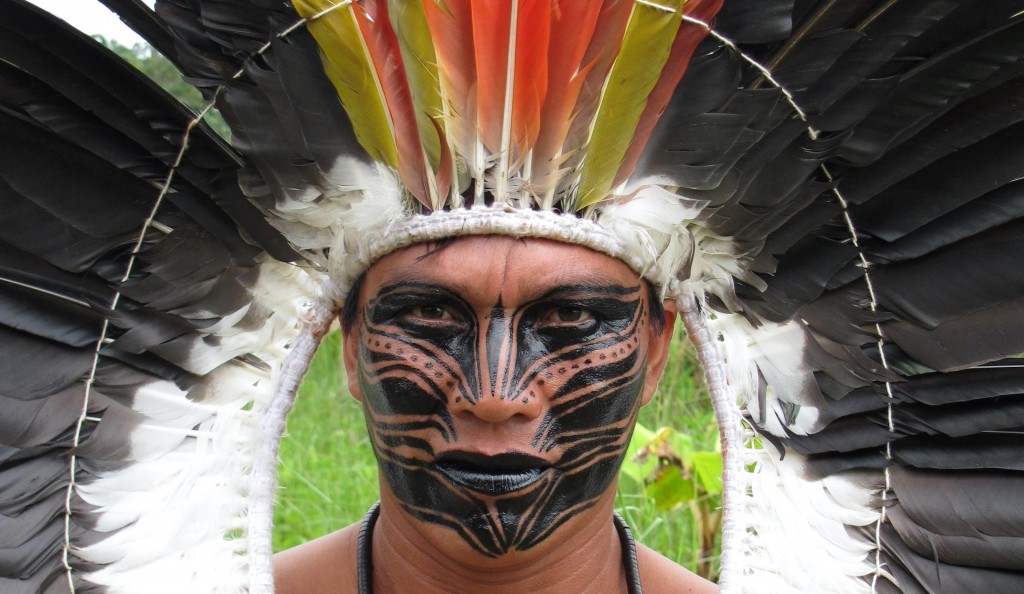Yawanawá – The People of the Wild Boar

The Yawanawá is a group belonging to the Pano linguistic family which, nowadays, occupies the Gregório River Indigenous Land. Its community is, in fact, a conjunction of people that includes members from other groups: Shawãdawa (Arara), Iskunawa, Rununawa, Sainawa, and Katukina. This configuration is the result of a dynamic common to many Pano groups – alliances through marriage, women captured during warfare conflicts, the migration of families – and a series of historical events, like the arrival of non-Indians (including epidemics and demographic alterations).
The Yawanawá language belongs to the Pano linguistic family and demonstrate a high level of intelligibility in comparison with other Pano groups. Today most of the population is bilingual. The usage of the indigenous language is preferred among older people, while their fluency in Portuguese is poor and in some cases none. Three different situations can be found among children and younger people, depending primarily on the families to which they belong: those who are bilingual; those who are fluent in Portuguese but understand the indigenous language without speaking it; and those who are monolingual in Portuguese. The adult population speaks both languages and is nowadays actively concerned with conserving the indigenous language.
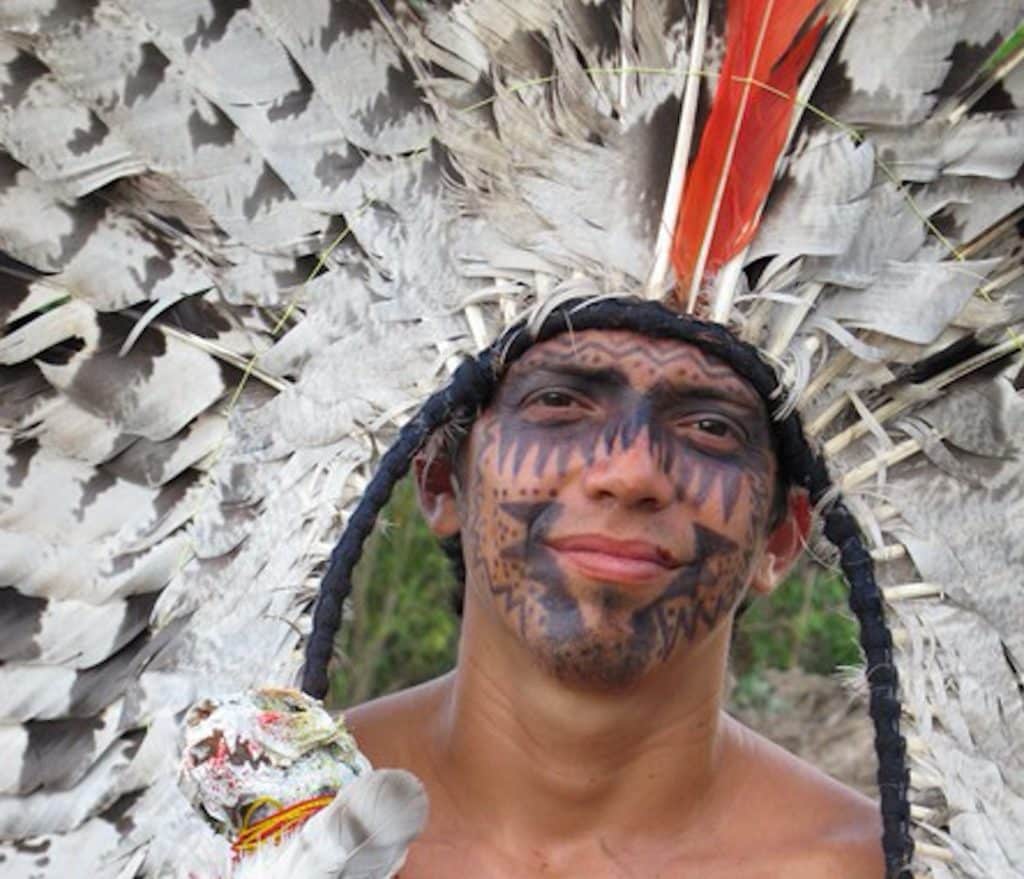
The name Yawanawá translates as ‘The People of the Wild Boar’. This is because as a tribe, we are always together – when we hunt, and in life in general. We are a pack. ~ Nixiwaka Yawanawá
The indigenous territory inhabited by the Yawanawá at the southern part of the Gregório River Indigenous Land was the first to be demarcated in Acre and occupies the headwaters of this affluent of the Juruá river. It was physically demarcated in 1984, approved in 1991, registered in the land registry office in 1985 and the National Heritage Service in 1986. According to the census conducted by the Yawanawá themselves in 1997, the population of the tribe amounts to approximately 450 people, about 30 of whom live adjacent urban centres of Tarauacá, Cruzeiro do Sul, Feijó and Rio Branco, or in other indigenous villages. The Yawanawá population is not grouped into a single village but distributed among various locations on the shores of the Gregório river, the main settlement being the village of Nova Esperança where the current leader lives. Nova Esperança was opened in 1992, after the group abandoned the Kaxinawa rubber plantation occupied during the period of rubber exploration and their work for the rubber bosses in the 19th century. The size and distribution of the settlements depends mostly on sociopolitical factors: conflicts, alliances and marriages provoke the creation or readjustment of settlements, thereby converting space into zones of interest.
Hunting and fishing are two of the Yawanawá’s main economic activities. During the dry season fishing trips are organized joined by almost the whole community participates and which are therefore transformed into important social events. They use various kinds of plant poisons, placing them into the water to make the fish rise to the surface and capturing them easier. During the rainy season, when large animals leave clear tracks, hunting becomes one of the main dietary sources. The basic foods obtained from the swiddens are manioc, banana and maize, but other products are also cultivated, such as rice, sweet potato, papaya, pineapple and sugarcane.
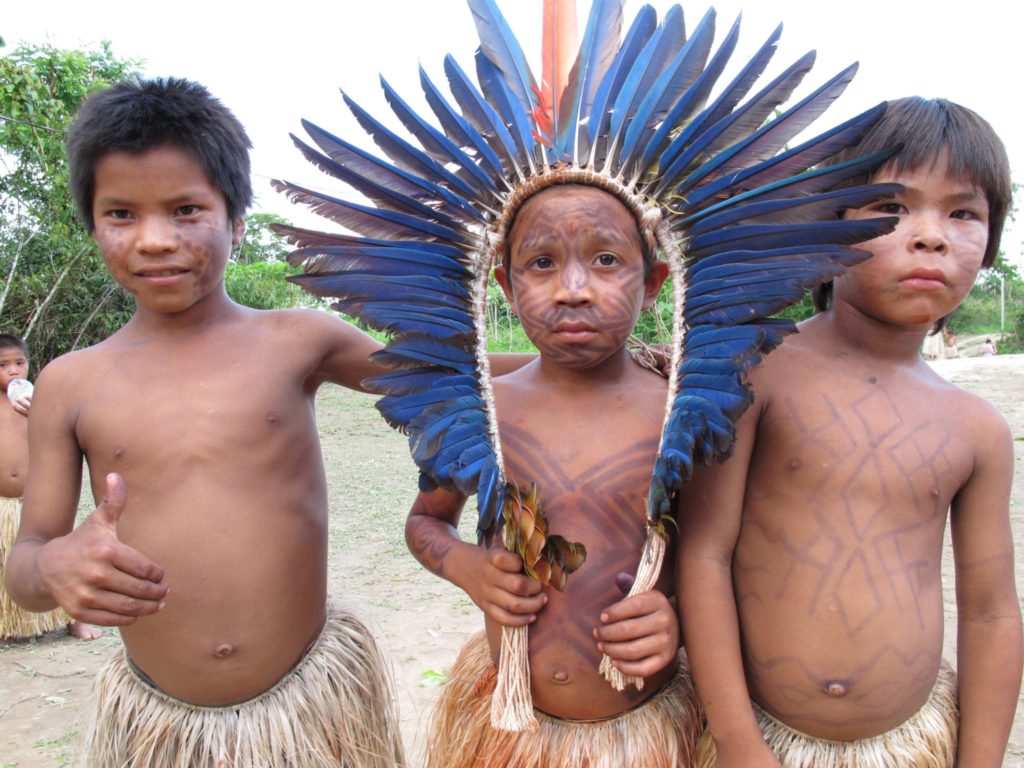
Shamanism is one of the most notable aspect of Yawanawá culture, even if, in the past, the shaman’s functions were more varied and touched upon other aspects of culture such as battle and hunting. In terms of curing, various techniques are practised by the Yawanawá specialists – including curing chants and blowing – the main of which nowadays is ‘praying,’ called shuãnka. During the curing sessions, the xinaya – the name given to the practitioner – ingests ayahuasca and intones over a pot full of manioc caiçuma the patient will later drink. An interesting aspect of this practice is that diagnosis of the sickness is made on the basis of the dream the patient had before falling sick. There are various names designating each type of specialist, just as different shamanic techniques exist. Shamanic initiation comprises four parallel processes: the realization of certain trials; the fulfilling of strict periods of precautionary measures which include sexual abstinence and avoidance of certain foods; the ingestion of various kinds of hallucinogenic substances; and learning the specific knowledge involved in each technique, namely the curing chants and ‘prayers.’ Shamanic power is ambivalent since it simultaneously enables the capacity to cure and to provoke illnesses. Accusations of sorcery and poisoning among the Yawanawá occur both between and within groups, provoking periodic social tensions that may give rise to fissions. In 1999.
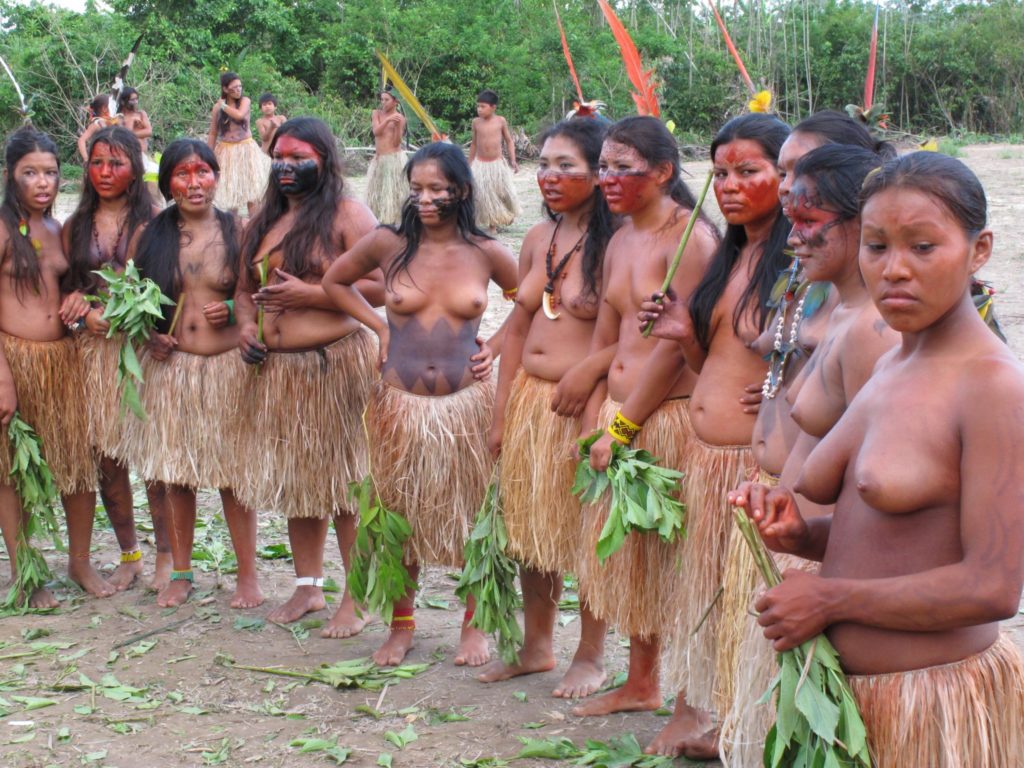
In the field of arts, knowledge remains in the hands of a select number of people, basically elders, although there has been a recent effort to transmit this know-how to new generations. Burity straw skirts, patterned bamboo head-dresses and straw bracelets are also used as decorations during the ritual festivals. Some people still make bamboo and peach palm weapons, and decorate them with designs, cotton thread and feathers primarily taken from macaws, toucans and parrots. While weapon making is an exclusively male practice, design is an activity linked to the female sphere in the same way as pottery and basketry. The processes of manufacturing weapons and pottery require the fulfilment of various kinds of precautions.
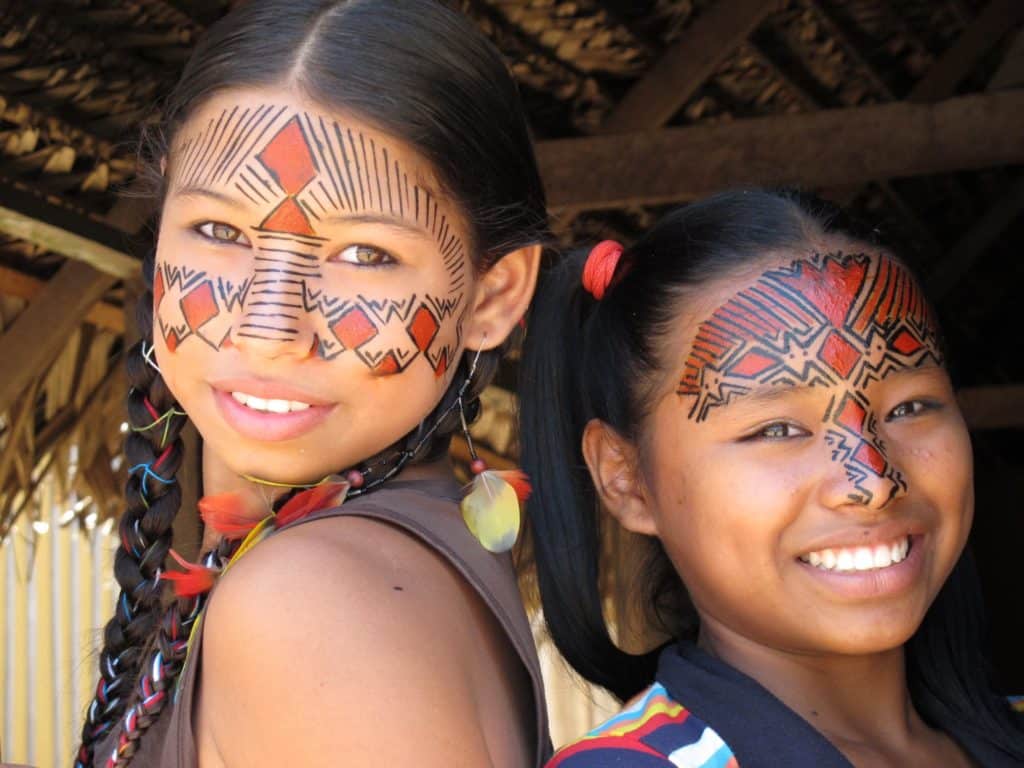
Last but not least, festivals possess a special importance in the constitution of the sociopolitical relations the Yawanawá maintain with other groups and among themselves. Saiti is the generic Yawanawá word for festival. Mariri, which is not a traditional Yawanawá word, is now used with the same meaning and is also employed by other groups in the region. Mariri, celebrated at night, consists of a series of dances and chants which have a playful and metaphoric tone. Some people, mostly adult men, drink ayahuasca (uni) during the ritual. The uma aki lasts for several days and normally focuses on intergroup relations since other communities usually take part in it. This ritual develops into various sequences, some of which may appear as isolated smaller festivals: games, ingestion and vomiting caiçuma, the acting out of warfare, dances and songs.

